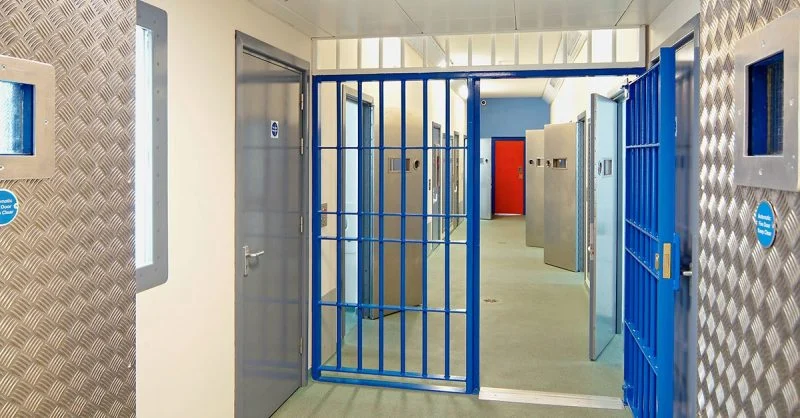A Growing Concern Amid Declining Numbers
A new report, Youth Confinement: The Whole Pie 2025, brings critical insight to a troubling trend: while the total number of youth in confinement continues to drop, racial and systemic disparities worsen. Our goal at Sustainable Action Now is to shed light on these inequities and advocate for lasting reforms. For broader context on the problem of incarceration, particularly around private facilities, explore our Private Prisons section.
The State of Youth Confinement: What the Data Reveals
According to the Prison Policy Initiative’s latest findings, in March 2025, 34,200 youth were confined in the United States—divided across systems like juvenile justice, adult prisons and jails, and immigration detentionPrison Policy Initiative:
- 27,600 held within juvenile systems
- 2,500 in adult jails and prisons
- 4,100 under the immigration system
This marks the first uptick in youth confinement after two decades of steady declinePrison Policy Initiative+1. Notably, courts sent 11% more young people to incarceration in 2022 compared to 2021—underscoring a disturbing reversal in progressPrison Policy Initiativehandsoffcain.info.
Behind the Numbers: Therapy or Punishment?
The report digs deep into where youth are held, under what conditions, and for which offenses—not just counting numbers, but humanizing the impactsPrison Policy Initiative+1. Even within juvenile facilities, many youth face prison-like environments, including locked settings, long stays, and use of mechanical restraints.
Disparities Escalate: Race, Neurodivergence, and Abuse
Even as total confinement declines, inequities grow more glaring. Recent research uncovers the disturbing trend of abuse: Black youth face a 79% higher chance of staff-inflicted physical assault compared to white peers. For neurodivergent youth, the odds climb 59% higher—and for neurodivergent youth of color, these odds double compared to white neurotypical youthPrison Policy Initiative. These figures reveal that vulnerability multiplies at the intersection of race and disability.
Why This Matters
Confinement often harms more than it helps. Youth incarceration:
- Disrupts development, education, and social bonds
- Exposes young people to environments with violence and trauma
- Deepens cycles of marginalization—especially for communities of color and youth with disabilities
These outcomes are neither sustainable nor just.
Policy Roadmap: Toward Equitable, Community-First Solutions
At Sustainable Action Now, we’re calling for system-wide reforms that prioritize care, rehabilitation, and fairness:
- Shift to Community-Based Alternatives
- Embrace restorative justice models, counseling, and supportive programming—away from locked confinement.
- Target Disparities Head-On
- Address implicit bias in juvenile justice and provide equitable access to legal resources regardless of race or location.
- Protect Vulnerable Youth
- Increase oversight and staff training in juvenile settings to prevent abuse—especially for neurodivergent and youth of color.
- Implement Early Intervention and Prevention
- Fund programs that engage at-risk youth before they enter the system: schools, mental health services, youth centers, mentoring.
- Transparency and Accountability
- Require regular public reporting on confinement numbers, disaggregated data by race, disability status, and outcomes.
- End the Profit Motive in Confinement
- Advocate for alternatives to incarceration that do not rely on private money-making from confinement—learn more on our Private Prisons page.
Hope in Action
The Youth Confinement 2025 report paints a sobering picture: fewer kids behind bars overall, but deeper injustices in who gets confined and how they endure it. This isn’t just policy—it’s about how we treat the most vulnerable members of our future.
At Sustainable Action Now, we stand firmly behind equity, prevention, and healing—never punishment. We believe every child deserves care over cages, compassion over confinement. Join our movement: explore solutions, spread awareness, and advocate for meaningful reform.
Let me know if you’d like to deep-dive into alternatives like diversion programs, neurodivergent youth rights, or grassroots strategies—happy to build more powerful content with you next!
Related news

CT among states with highest racial disparities in youth incarceration


